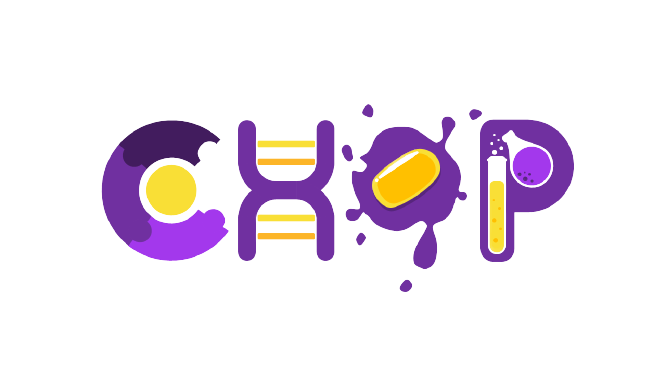Part:BBa_K4080012
Sec system (PhoA), TEV protease with T7 expression
T7 expression systems are capable of producing a wide range of proteins in E. coli. TEV protease is a display protein of interest used to measure the yield of protein produced by the system. This composite is one of two that will be working to generate a TEV protease. This composite is expressed extracellularly through the Sec pathway. Characterization of two expression systems (between universal and T7) is measured to ensure great efficiency of expression. Characterization of the overall system contributes to improving the new era of protein overexpression.
Introduction
|
UBrawijaya iGEM 2021 project CHOP systemis an outer membrane vesicle based protein overexpression system that includes three goals towards producing a blueprint for an ideal protein production system. This project can be customized because the system can be adapted with various proteins of interest, the overexpression system that can increase protein yield, and the clean harvest with simplified purification steps that is equipped with a protease enzyme expression mechanism in the concentrated system - from vesicles and cell pellets. |
This composite aims to expressed TEV protease through T7 promoter and translocates TEV protease across the cell membrane and out of the cell through the Sec pathway under PhoA signal sequence
Result
Characterization of the TEV protease expression in this project is represented by two different pathways. This construct aims to express TEV protease through the Sec pathway in both constitutive promoter (universal system) and T7 promoter (T7 system).

Cell transformation with TEV protease fusion Sec pathway. Other competent cells with TEV protease fusion as one of the building parts of the main construct are transformed to BL21 and BL21(DE3) cells; this mechanism works through the Sec pathway (both universal and T7 expression).

The influence of incubation time on competent cell growth. Finding out the optimum incubation time is important to manage the cell work in maximum capacity and ideal condition. The graph below shows the influence of incubation time on the number of different competent cells.

Sequence and Features
- 10COMPATIBLE WITH RFC[10]
- 12COMPATIBLE WITH RFC[12]
- 21COMPATIBLE WITH RFC[21]
- 23COMPATIBLE WITH RFC[23]
- 25COMPATIBLE WITH RFC[25]
- 1000COMPATIBLE WITH RFC[1000]
| None |

